Outlast preview: A look at ex-Ubisoft devs' first-person horror game
Red Barrells on how it will distinguish itself from Amnesia.
If you're going to copy a game, why not copy Amnesia: The Dark Descent? Frictional's 2010 reductionist horror classic practically reinvented the genre that went from eerily unnerving slow burns like Silent Hill and Resident Evil to dimly lit shooters with a bunch of gory monsters, like the later Resident Evils or the Dead Space series. Amnesia realised these games are a lot scarier when you can't fight back, yet aside from Slender and the upcoming Amnesia sequel, A Machine For Pigs, we haven't seen many games follow suit.
The upcoming survival horror game Outlast continues this minimalist approach to terror, and if all it did was shamelessly rip off Frictional's flagship title, I would probably be okay with it. But the ex-Assassins Creed and Splinter Cell devs at developer Red Barrels don't want to simply be a me-too encore for that beloved series, and the new studio seeks to put its own spin on this Amnesia-eque brand of horror.
This doesn't come through in the demo, though. Standing in a curtained off both donning sound proof headphones at PAX East, I played through about 20 minutes of an early section of Outlast. Assuming the role of a reporter breaking into an asylum where something's gone horribly wrong feels very familiar after Frictional's classic. Instead of a Victorian manor you've got a modern day insane asylum, and instead of finding oil to illuminate your lantern you scrounge for batteries to power your camera's night vision mode, but it otherwise feels remarkably similar as you skulk through relatively linear corridors in first-person while terrifying shrieks serve as a constant reminder that danger lurks just around the corner.

A game doesn't need to be original to be scary though, and I must confess that I had a good couple of frights in my brief session with Outlast. At least one of these was heavily scripted, and I'm usually not sensitive to that sort of thing, but for whatever reason, it got me. Maybe I was feeling too cocky. Maybe that's the point.
The demo's most engaging set piece comes near the end where you need to sneak past a brutish Killer Croc-like inmate in some maintenance tunnels. I'm not sure if there's a way to get past him without being spotted, but once he sees you it's a frantic chase to shake him (which I totally failed at my first time through).
I ultimately found Outlast's demo fun, if that's the right word, but it made me curious what other tricks Red Barrels has up its sleeve so Outlast won't just feel like another Amnesia.
When I asked Red Barrels' co-founder David Chateauneuf about this, he noted that Outlast's biggest difference would be its vastly more varied types of enemy behaviours. "What I noticed about Amnesia is they keep bringing the same guy back over and over. And at some point you're getting used to the type of fear that they're doing," said Chateauneuf.
"We have a lot of different enemies with different behaviours and attitudes. They're all sick. They're all mentally ill, so you can never expect what they're going to do to you. So there are some that might just jump on you and you're going to have that struggle gameplay mechanic, and there are some that will just walk and at the last second pull out a knife and try to kill you. Some are just going to patrol without trying to hurt you."
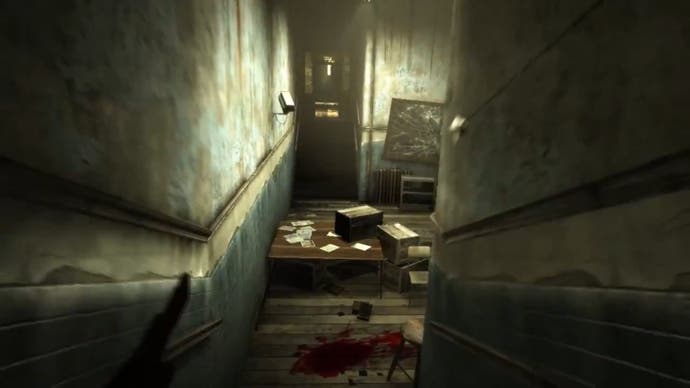
He further explained that some can see in the dark while others can't, some will be more aggressive about searching hiding spots, some will run in packs, others will prefer to be by themselves, and some will leave you alone - for a while, anyway. Since you never know how an NPC will react, it should create a greater layer of tension and uncertainty rather than sticking to the usual template of "if it moves, run from it." Based on Chateauneuf's description, I'm reminded of the paiper mache-covered splicers in BioShock that had a nasty habit of posing like statues. Remember how creepy those f***ers were?
Chateauneuf even listed BioShock as an influence, particularly regarding the open-ended but ultimately linear level design. There will be a fair bit of backtracking and exploration in Outlast, but it's not going to be a fully-fledged Metroidvania. "We're going to have some backtracking, but it's not going to be backtracking like in Metroid or Zelda," explained Chateauneuf. "We don't go in that direction because in our opinion that would make the game too game-y. It would feel too much like a game and not a total experience. We want to make sure the player still has some choices, but the narrative part of the game is very important to us."
It would be great if I had a chance to see all this variety that Chateauneuf spoke of, but for now I'll have to take him at his word. The demo didn't stray far from Frictional's path, but given how rare good horror games are these days, that's not exactly a bad thing. I'm eager to see how Red Barrels will distinguish itself further when Outlast comes out later this year on PC.
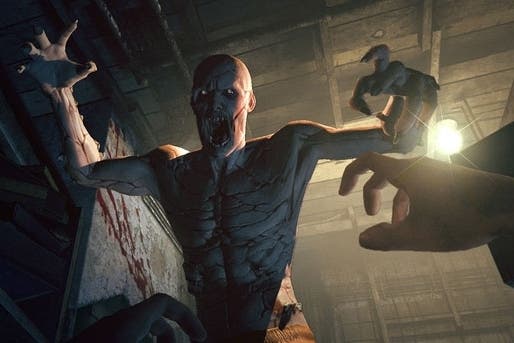

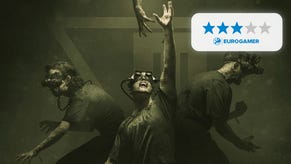

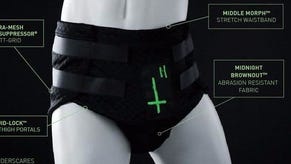



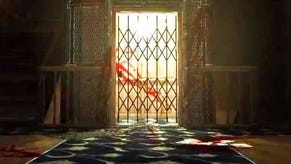
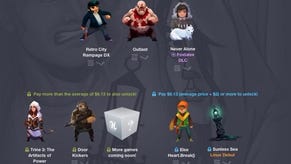



.png?width=291&height=164&fit=crop&quality=80&format=jpg&auto=webp)



